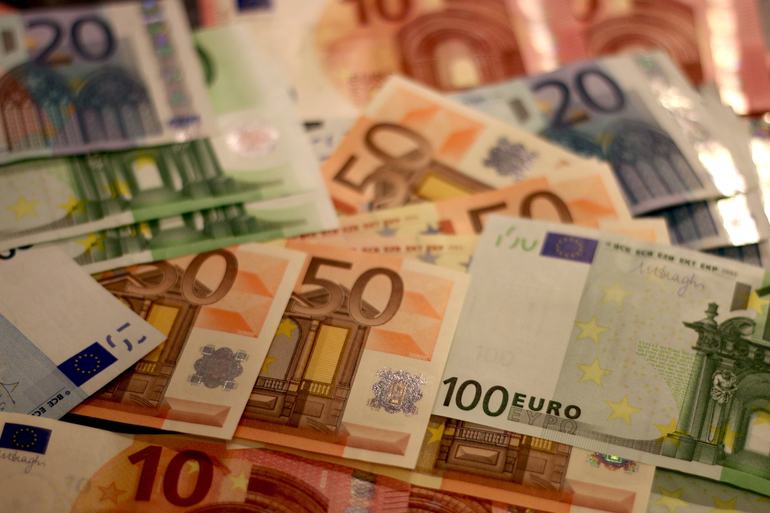Updated July 18th, 2019
Spanish police recently brought down a fake money making operation involving thousands of euro notes which were being distributed in the country as well as being sold on the darknet. They have reported this to be the biggest of such operations that have ever been recorded in the history of the country.
Authorities report that the syndicate carried out its activities in Tenerife Island, Spain. They ran a greatly sophisticated network which made euro notes of €10 or €20 denominations, with totals raking up to €7,500 each month.
Europol investigated the case in conjunction with Spain’s National Police. Investigations started in 2018 right after Tenerife banks reported a startling increase in the amount of counterfeit currency in circulation throughout the island. They reported that the notes mostly appeared in denominations of €10. Authorities working under Operation Malla discovered the notes were also in circulation in Europe.
Police raided a property suspected to be the headquarters of their operation. Four people were apprehended, and counterfeit euro notes worth over $17,000 were seized. They also found a highly technical printing machine that could produce forged bank notes and identification material. Also seized were computers and counterfeit notes yet to go through the complete printing process.
Specialists who analyzed the printing process said the sophisticated technology and equipment used led to the production of high-quality notes, closely resembling legitimate bank notes. This was surprising, especially considering the great investment they put into the operation. All this contributed to them being in operation for quite a while without being discovered by law enforcement.
In a statement after the arrest, Europol said they helped to bring down the gang by financing the process and providing analytical and technical support since the start. They also put up a mobile workroom from where they could put continued surveillance on any suspects.
A representative of Europol said they worked through the case as part of their duties to combat euro currency counterfeiting as required by the Central Office of the European Union. Other key roles they played include facilitating exchanging crucial information and providing specialists, forensic and criminal analysis. They also provided finances and scientific support to any law enforcement agency both within and without the European Union.
This case is among many others involving counterfeit currency production in the EU. Austrian police dismantled a fake notes printing shop in the city of Leoben in June last year. Police report that the owner of the shop made various denominations of fake notes before putting them up for sale on the dark web, with a total of 10,000 notes sold to people all over Europe.
Earlier in September last year, Europol announced that an illicit printing shop in Gdansk had been taken down by Polish police after they found out it had been producing forged €50 notes. The law enforcement agency reported that the shop owner had been selling the notes on the darknet to countries all over the EU. He had been in operation for a couple of years, during which time he had acquired a great reputation.
This led to the raiding of over 300 properties in more than ten countries of the EU including Cyprus, Croatia, Finland, Netherlands, Spain, Switzerland, Ireland, Portugal, and the U.K. As a result, 235 suspects were arrested between November and December. Officials seized €1,500 in cash, a number of drugs, computers and smartphones, guns, bitcoin, and printing machines.
Wil van Gemert reported in a statement that teamwork between authorities was effective in bringing to book all who trade in counterfeit notes on the dark web.
Members of the community were advised by Spanish police to follow the guidelines outlined by the EU on how to differentiate fake bank notes from legitimate ones.
The European Central Bank also recommended that the public use the tactic of feeling, looking and tilting a note to confirm whether it is legit. The bank added that legitimate notes feel firm and crisp and that some areas of a genuine note feel thicker than others. When a real note is held up against the light, one should see a watermark on the note’s portrait and a security seal near the center. Upon tilting the note, a silvery stripe becomes visible alongside the Europa portrait, and an emerald coloured number shows the light effect on the note.
Authorities urged community members to alert them in case they find fake notes circulating.


